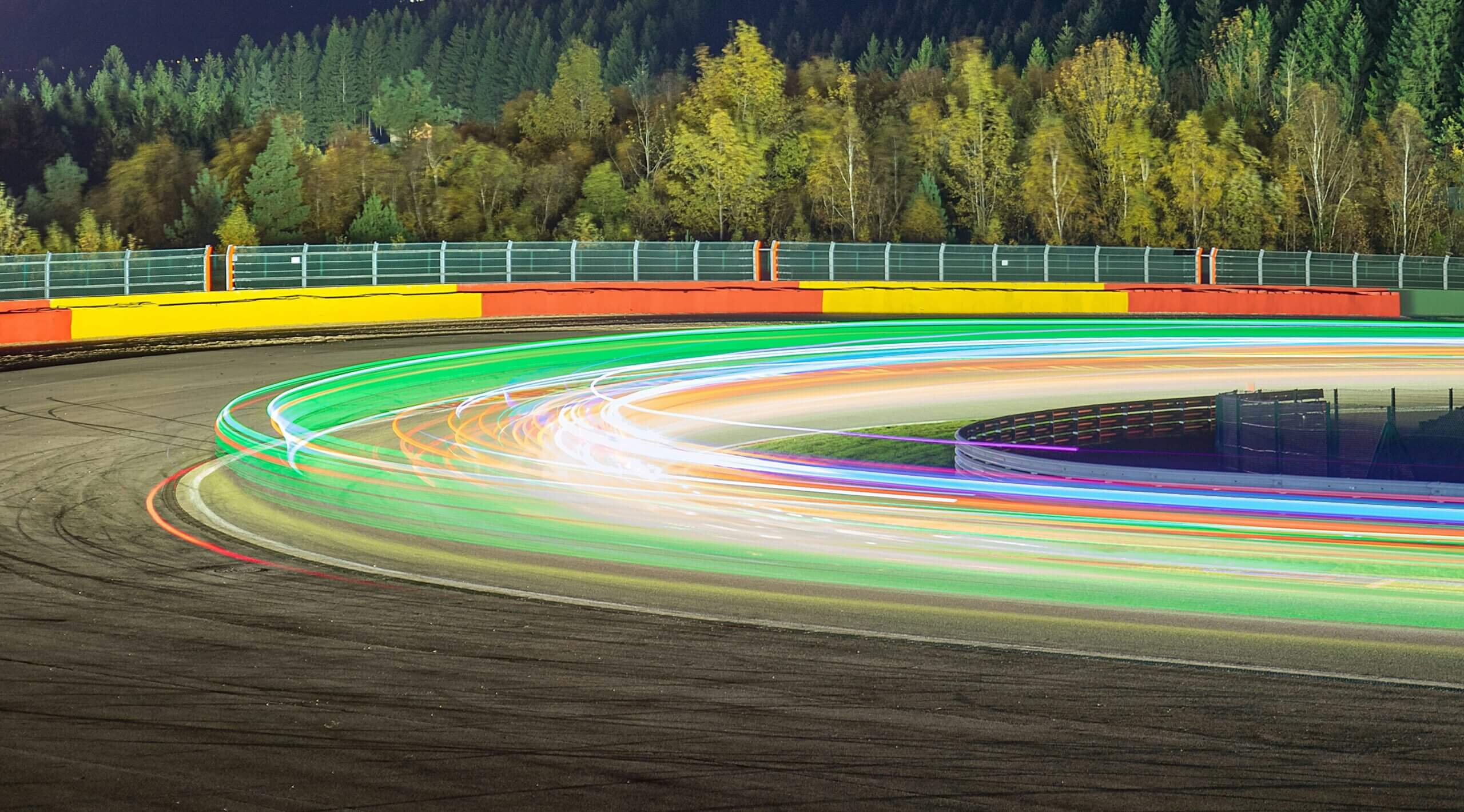The high-octane world of Formula One (F1) isn’t just about blistering speeds and roaring engines. It’s a complex business where strategy, technology, and human psychology collide in a relentless pursuit of victory.
While the technical nature of the cars and the driving skills of the athletes are undeniably crucial, the leadership that guides these teams from behind the scenes plays a pivotal role in determining success. Executive talent recruitment in F1 is as critical as it is for all high-performing companies – leadership at all levels is critical to success and it is perhaps most obvious in an environment where a stopwatch, and millions of viewers judge their every move!
Season 6 of Netflix’s captivating series, Drive to Survive, delves deeper into this aspect, offering viewers a compelling glimpse behind the scenes, which includes some great leadership lessons that fuel the adrenaline-charged world of F1.
Adaptability in a Shifting Landscape: The Ferrari Case Study
The 2023 season, captured in Season 6, witnessed a significant shift in the F1 landscape. Red Bull, with their dominant car, consistently challenged the established powerhouses like Mercedes and Ferrari. This season serves as a real-world example of adaptability being a critical leadership skill.
For Ferrari, under the newly appointed team principal, Fred Vasseur, the need to adapt and innovate became paramount. We see glimpses of Vasseur’s approach: analysing rivals’ strategies, identifying weaknesses in their own car, and developing an environment that encourages experimentation. This highlights the importance of embracing change and constantly seeking improvements in a sport where stagnation leads to defeat.
The series goes beyond simply showcasing Vasseur’s actions. It delves into the thought process behind his decisions, offering viewers a deeper understanding of the strategic thinking required in F1 leadership. We see him analyse data, consult with engineers, and engage in open discussions with drivers, emphasizing the importance of gathering diverse perspectives before making crucial decisions. This showcases the multifaceted nature of leadership in F1, where adaptability extends beyond tactical adjustments to encompass a holistic approach to strategy and team dynamics.
Leading with Composure in the Face of Scrutiny
The relentless pursuit of victory in F1 creates an immense pressure cooker for team leaders. Guenther Steiner, the passionate and often outspoken (now former) principal of Haas F1 Team, embodies this pressure. The series portrays him navigating the demanding expectations of his owner, Gene Haas, while simultaneously trying to motivate his team amidst ongoing challenges.
Steiner’s story goes beyond simply highlighting the pressure faced by leaders. It delves deeper into the different ways individuals cope with and manage stressful situations. We see Steiner’s direct and confrontational approach, which can be effective in certain situations but may not always be the optimal strategy. This encourages viewers to critically analyse different leadership styles and consider their effectiveness in diverse contexts.
The series also subtly demonstrates the power of emotional intelligence in leadership. While Steiner’s outward demeanor may appear aggressive at times, the series captures moments where he expresses concern for his team members and demonstrates a commitment to their well-being. This emphasises the need for leaders to be multi-dimensional and possess a range of leadership skills that go beyond just strategy and decision-making.
The Symphony of Success: The Power of Collaboration
Beyond individual leadership styles, Drive to Survive emphasises the importance of collaboration within a team. Episodes showcase the intricate dance between different team members, from the strategists in the pit wall to the engineers meticulously crafting the car. Each individual plays a vital role, and their success hinges on their ability to collaborate seamlessly.
The series doesn’t just show collaboration; it immerses viewers in the process. We see engineers work in tandem with designers, strategists collaborate with drivers, and pit crews function as a single, unified unit. This visually engaging storytelling emphasises the importance of breaking down silos and fostering a culture of open communication within a team.
Season 6 delves further by showcasing the leadership role in building a collaborative environment. We see team principals actively encouraging communication and collaboration between different departments, creating a sense of shared responsibility for achieving the team’s goals. This highlights the importance of leaders who understand the synergistic power of collaboration and actively work to create an environment where it can flourish.
Motivation: The Spark That Ignites Performance
Beyond strategy and collaboration, the series subtly reveals the significant role of motivation and inspiration in driving team performance. Leaders like Toto Wolff of Mercedes, despite facing an uncharacteristically challenging season, are shown rallying their teams and keeping them focused on the bigger picture.
This section delves deeper into the different aspects of motivation employed by leaders in F1. We see Wolff leveraging a combination of inspiration, accountability, and positive reinforcement. He acknowledges past mistakes, sets clear goals for the future, and celebrates achievements, both big and small. This multifaceted approach to motivation highlights the importance of leaders tailoring their methods to the specific needs and motivations of their teams.
The series also showcases the power of shared vision in driving motivation. Leaders like Christian Horner of Red Bull are shown clearly articulating a compelling vision for the future of their team, inspiring individuals to go the extra mile to achieve a common goal. This shines a light on the importance of leaders who can paint a clear picture of success and motivate individuals to contribute to a collective purpose.
Beyond the Show: A Critical Lens and Takeaways
While Drive to Survive offers a captivating glimpse into the world of F1 leadership, it’s important to remember that it’s a dramatised version of reality. The editing and narrative techniques employed by the show may portray leadership styles in a specific way, not always capturing the full nuances of the actual dynamics at play.
However, even with this caveat, the series provides valuable takeaways for every leaderDrive to Survive Season 6 – The Leadership Lessons From Formula 1, especially within high-pressure environments in sport. By analysing the leadership styles showcased, viewers can gain insights into:
- The importance of embracing change and adapting to new challenges, a crucial skill not just in F1 but in any dynamic environment.
- The ability to lead under pressure while maintaining composure and making sound decisions, a valuable skill for leaders navigating high-stakes situations.
- The need to build a culture of collaboration and open communication within a team, breaking down silos and fostering a united front.
- The power of inspiration and motivation in driving individual and team performance, highlighting the importance of tailoring motivational strategies to diverse needs.
In conclusion, Season 6 of Drive to Survive helps viewers to delve into the world of F1, offering valuable lessons that extend far beyond the racetrack into the background and leadership of these huge teams of people. From navigating change to inspiring teams, the leadership qualities displayed by F1’s leading figures are at the very least interesting to see, as well as providing reflection and lessons for leaders across all industries.



